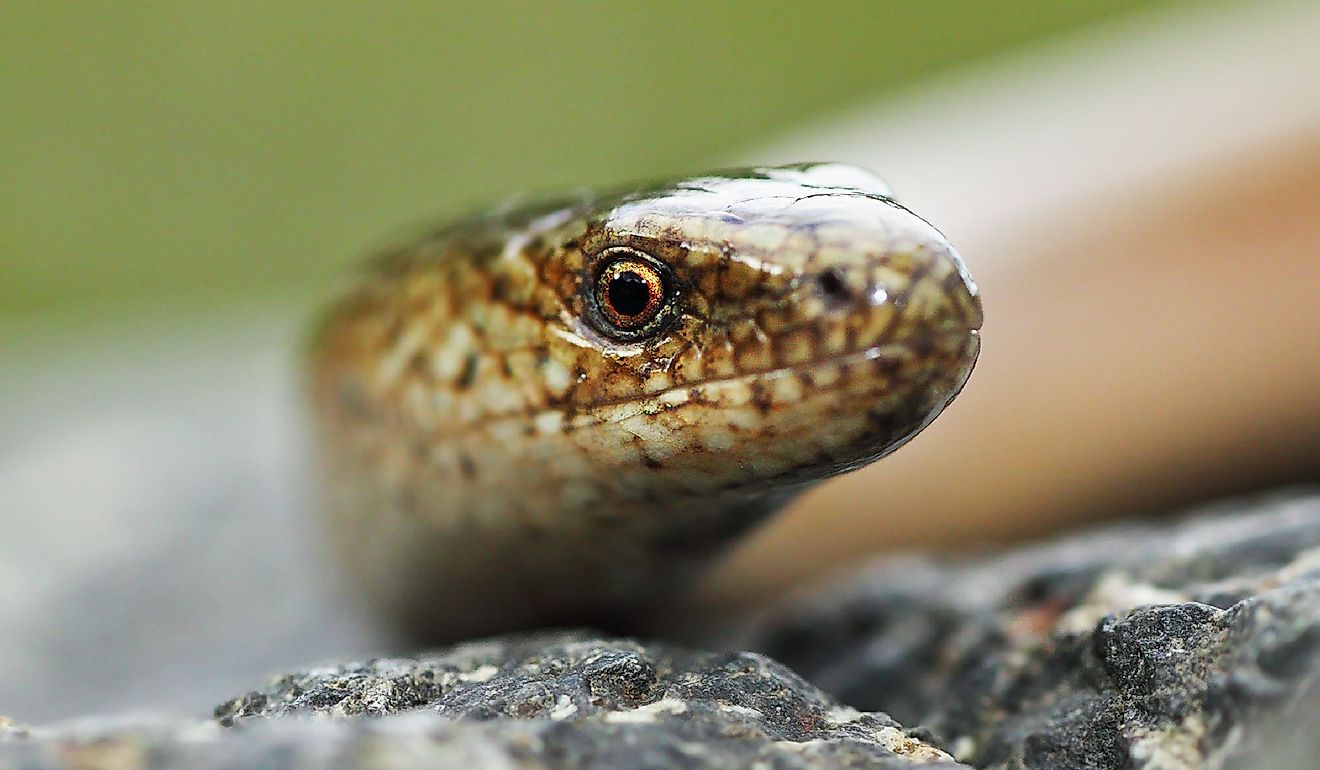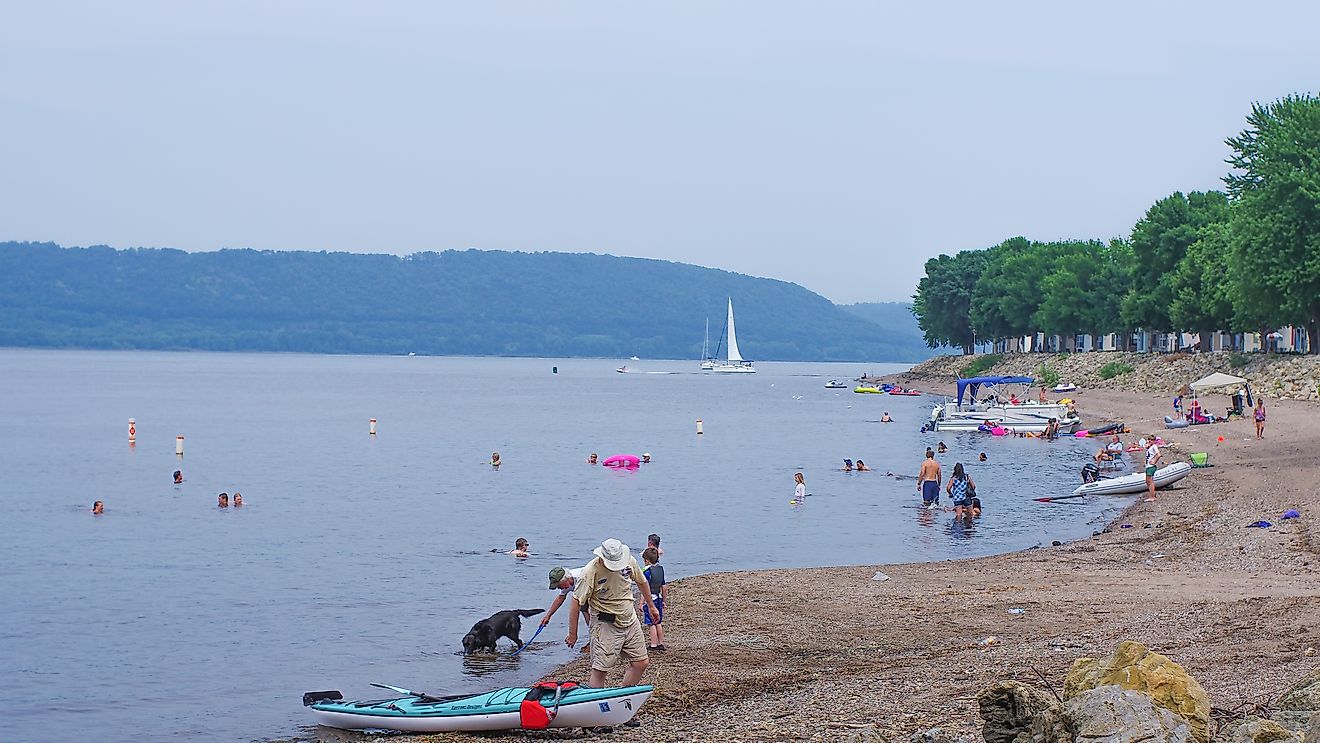
Diamond Valley Lake
Located close to the city of Hemet in California, the Diamond Valley Lake is one of the largest and newest reservoirs in Southern California, United States. The Lake is a man-made off-stream reservoir and has a length of approximately 7.2 kilometers and a maximum width of 3km. The Diamond Valley Lake reaches a maximum depth of 79m and serves as a critical lifeline to Southern California, helping to get through the drought, while storing up to six months of emergency supplies. The Diamond Valley Lake with a capacity of 990,000,000 cubic meters, has nearly doubled the area’s surface water capacity. In addition to supplying Californians with water, the Diamond Valley Lake supports a variety of wildlife and ecosystems, and also offers several recreational opportunities, attracting visitors all year round.
Construction History

The Metropolitan Water District of Southern California initiated the $1.9 billion construction project in 1995 intending to improve water reliability and access to 19 million people living in Southern California. In 1999, the lake was started to be filled from the Colorado River Aqueduct which was completed in 2003. There are three earth-fill dams in the lake, two of which are situated on either side of the river valley and the third dam is located on the north rim. During the construction of the dam, local materials were used, making it one of the United States’ largest earthworks projects. Remarkably, the excavation of core materials for the construction of the dam led to many paleontological findings which are displayed at the Western Science Center.
Geography Of The Diamond Valley Lake

The search for a site to construct the reservoir took four long years, with thirteen potential choices on the table. The final decision was to build the reservoir 6.4 kilometers to the southwest of the city of Hemet that was situated between the Domenigoni Mountains and Rawson Mountains. The Metropolitan Water District decided on this location because the lake would be between the cities of San Diego and Los Angeles, in addition to the fact that the raw material for the construction of the dams was located on-site. The elevation of the location also allowed for gravity flows, hydroelectric power opportunities, and improvement of water quality. Moreover, at this location, the lake would be about 8 kilometers away from the Colorado River Aqueduct which was used to fill the lake.
Biodiversity In The Diamond Valley Lake Region
The lake was stocked with fish before the reservoir was filled. A small rearing pond was placed on the bottom of the valley, and it included several freshwater fish species such as the smallmouth bass, bluegill, crappie, rainbow trout, striped bass, channel catfish, and shad. A small population of flathead catfish, which was accidentally introduced, was also discovered. In general, the Diamond Lake Valley is deemed one of the best fisheries in California, with only 2.4 kilometers of shoreline accessible for fishing purposes.
Visiting The Diamond Valley Lake

While the reservoir supplies and protects drinking water, it also offers several recreational opportunities that make it a popular tourist attraction. Activities such as boating, fishing are available all year round, in addition to kayaking, sailing, and canoeing. There are several park facilities nearby such as the recreation park, an aquatic center, visitor center, and the Western Science Center, all of which are located on the eastern side of the lake. Most importantly, the Southwestern Riverside County Multi-Species Reserve situated between Diamond Valley Lake and Skinner Reservoir is home to at least 16 endangered native California birds, plants, and animal species. While the area around the lake is still undeveloped, the Metropolitan Water District was originally aiming to build more recreational facilities on the eastern and western end of the lakes, such as golf courses and water parks. However, lack of funding has prevented them from executing these plans.











